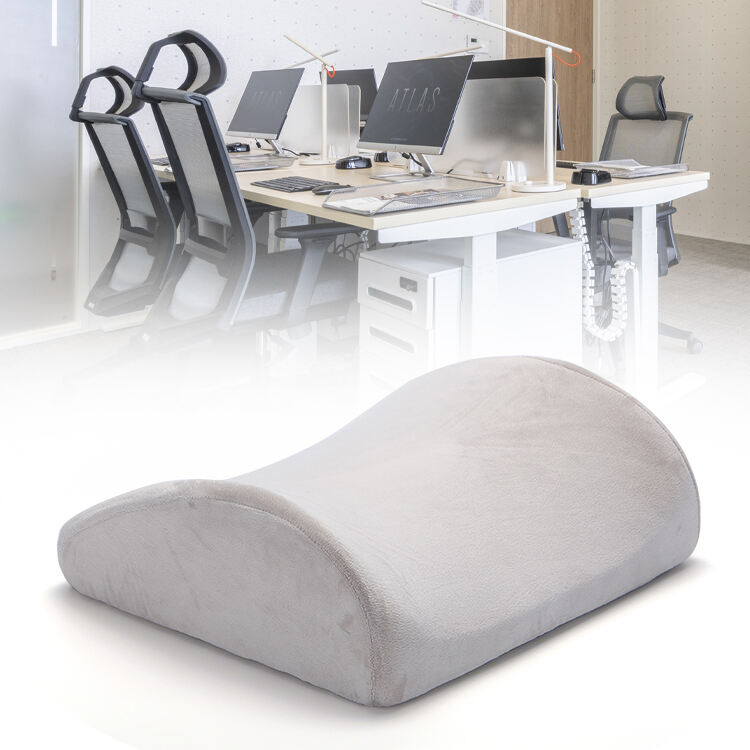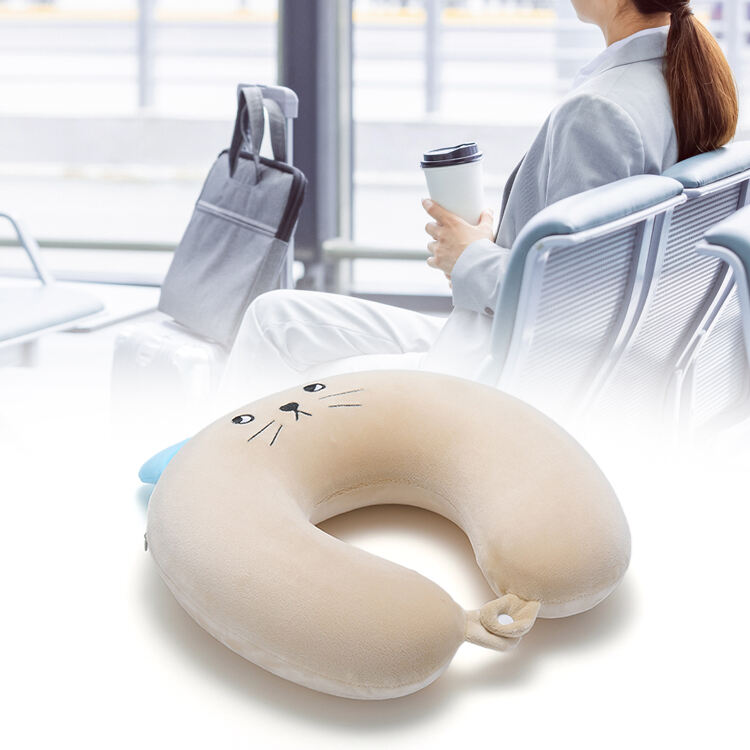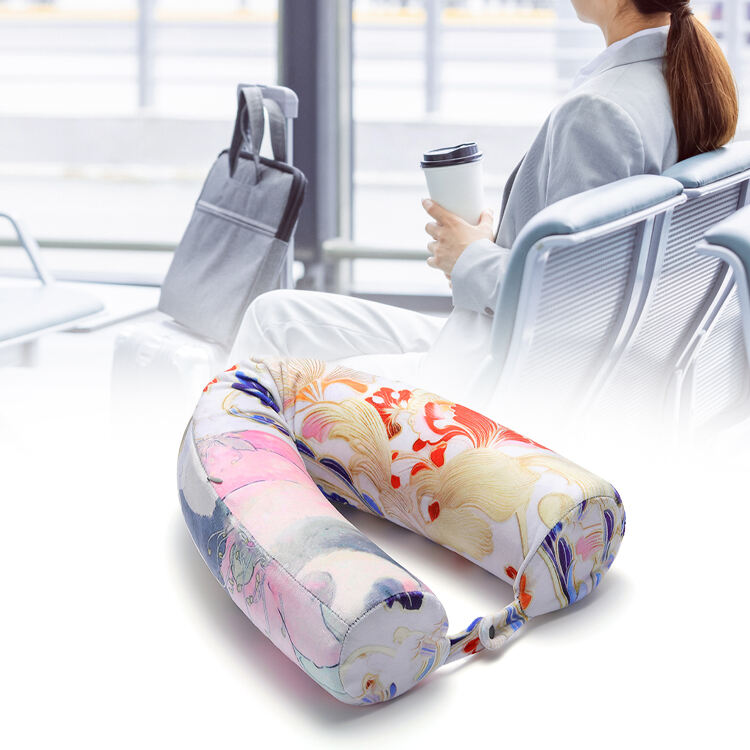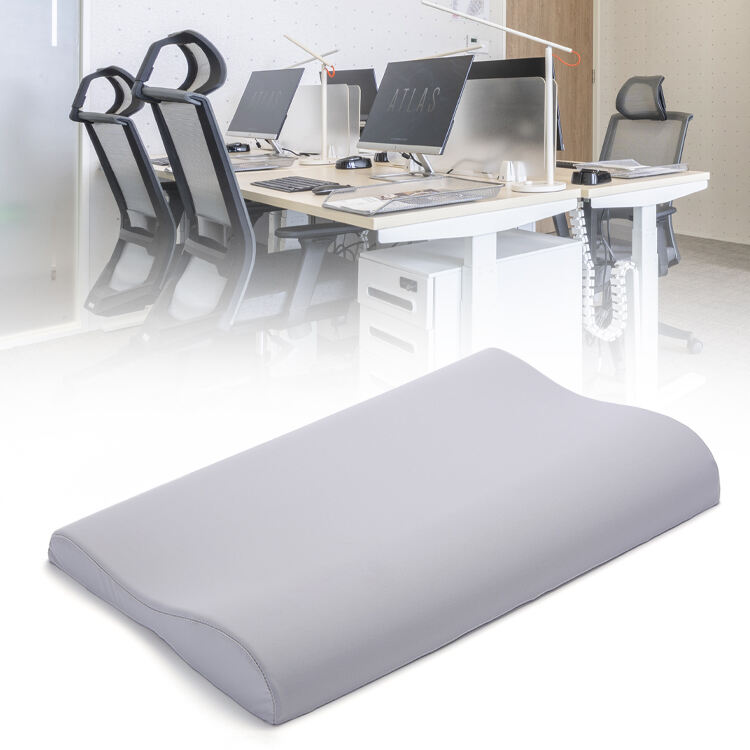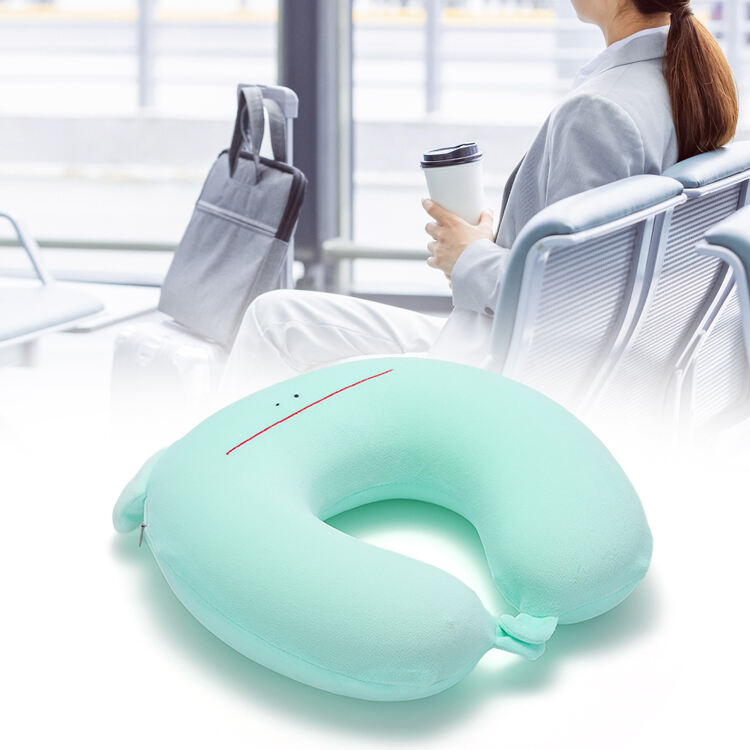Why Memory Foam Matters for Kids' Naps
Proper Spinal Alignment During Sleep
Memory foam helps keep spines aligned properly while sleeping, something really important for kids whose bodies are still growing. The stuff molds itself around whatever shape a child happens to be when they lie down, offering customized support where needed most. Studies have shown that getting good spinal alignment at night actually stops a lot of discomfort and creates better sleeping habits long term. When memory foam conforms right to the spine, it takes pressure off those developing bones and muscles so little ones don't end up sore after waking up. Parents who want their children to get quality rest should seriously consider memory foam options since they do adapt so well to different body types, even if they might cost a bit more upfront than regular mattress materials.
Pressure Relief for Developing Bodies
Memory foam gives kids really good pressure relief because it spreads their body weight out over the whole surface. Traditional materials just don't do this same thing. The foam actually molds around different sleeping positions so there are fewer pressure points even when little ones toss and turn during naps. When those pressure spots go away, kids tend to sleep better overall without waking up so much. Research indicates that getting proper pressure relief while sleeping leads to better quality rest, which means they wake up feeling happier and more focused later on. For growing bodies, this flexibility in adapting to various sleep positions makes all the difference in comfort levels night after night.
Reduced Tossing and Turning
Memory foam nap pillows really help cut down on all that tossing and turning at night, so people actually get better quality sleep without waking up every few minutes. Kids especially seem to feel more comfortable when they lie on these pillows because the material supports their heads and necks properly. This means they stay asleep longer and wake up feeling refreshed rather than groggy. Some studies have shown that when kids don't get disturbed while sleeping, their brains work better throughout the day and they handle emotions much more calmly too. The fact that memory foam doesn't require constant readjustment lets little ones just drift off naturally, creating those ideal conditions for proper rest and recovery.
Essential Features of a Memory Foam Nap Pillow
Ideal Size for Little Heads (12Ã16 Inches)
Getting the right size pillow matters a lot when it comes to supporting kids' heads and necks while they nap. Most parents find that around 12 by 16 inches works pretty well since it gives enough support without being too big for little bodies. This kind of sizing actually helps keep kids in better alignment, something important for developing spines. On the flip side, if pillows are either way too big or just too tiny, kids tend to toss and turn more at night. We've all seen what happens when kids can't get comfortable sleep, right? Their whole day gets affected because they're not rested properly.
Medium-Firm Support Balance
Picking out a medium firm memory foam nap pillow works really well because it strikes just the right balance between being cozy and giving enough support for kids to get good sleep. If the pillow gets too squishy, little ones might end up sinking into it instead of resting properly. On the flip side, something way too hard just plain feels uncomfortable for most children. Getting that middle ground means their heads and necks stay nicely supported throughout naps, something that actually makes a big difference in how they sleep overall. Pediatricians and sleep specialists tend to point parents toward these medium firm options since they work with how kids' bodies develop over time while still making sure those afternoon rests aren't unpleasant experiences.
Hypoallergenic & Breathable Materials
Choosing hypoallergenic materials for kids' nap pillows can really cut down on those pesky allergic reactions, making bedtime much better for everyone involved. Good airflow matters too because it lets fresh air move through the pillow, keeping things at a comfortable temperature while sleeping and stopping sweat from collecting overnight. Parents looking for the right nap pillow would do well to check for certifications that actually prove the material doesn't contain stuff that could harm little ones. Safety comes first obviously, but comfort shouldn't get left behind either when picking out something so essential for restful naps.
CertiPUR-US Certified Safety
When picking out a memory foam nap pillow for kids, CertiPUR-US certification matters a lot because it means the product meets both safety and environmental guidelines. Pillows with this label have lower levels of those bad smelling VOCs we all know about and don't contain any dangerous substances either, which gives parents one less thing to worry about. For little ones whose bodies are still growing and developing, getting certified products makes sense since they've been tested against strict safety requirements. Most parents would agree that knowing their child's resting place isn't filled with toxic stuff just feels better overall.
Nap Time Solutions: Transitioning Made Easy
Recognizing Pillow Readiness (18-24 Months)
Most toddlers start using a nap pillow somewhere around 18 to 24 months old, which tends to match when they hit certain growth spurts. Kids at this age often show they can lie themselves down without help anymore and might even tell parents if something feels uncomfortable during nap time. Spotting these little clues helps make bedtime better for them and creates good feelings about taking naps. When kids associate pillows with cozy rest periods from an early age, they usually develop healthier sleep habits overall.
Creating Nap-Time Associations
Getting those good nap time habits going makes all the difference when it comes to helping toddlers settle down for their afternoon rest. Kids tend to do much better when there's some sort of regular pattern they can count on before bedtime. Maybe start with something simple like reading stories together or singing lullabies just before laying them down. The surroundings matter too. A quiet room with soft lighting and maybe some familiar stuffed animals nearby goes a long way toward creating that cozy atmosphere babies need to drift off properly. Parents often find that these small adjustments make nighttime routines run much smoother overall.
Troubleshooting Common Resistance
Nap time battles are something most parents run into at some point when kids just won't settle down or stay asleep. The key here is staying calm while trying to figure out what might be causing the problem fear of the dark, uncomfortable bedding, or maybe even something happening earlier in the day. Once we get a handle on those root issues, changing up our approach works wonders. Little rewards for good napping habits tend to stick better over time than forceful methods ever will. Kids who learn to associate naps with positive experiences generally develop healthier sleep patterns that last well beyond toddlerhood.
Maintenance for Lasting Comfort
Machine-Washable Pillow Care
Keeping memory foam pillows clean and prolonging their life is important for creating a healthier sleep space for kids. When cleaned regularly, these items can cut down on dust mites and other common allergens while staying sanitary overall. Many manufacturers actually design their memory foam nap pillows with removable outer layers that work well in washing machines, something that makes things easier for caregivers who need to maintain hygiene standards. Parents might want to set up some sort of cleaning routine so the pillow stays nice smelling and supportive over time. Such maintenance practices tend to make the product last longer and generally keep it feeling good night after night for children using it.
When to Replace Your Child's Pillow
Changing out a kid's nap pillow on schedule helps keep things comfortable and clean. Most folks find that replacing them about every two to three years works best since kids grow so fast. Signs that it's time for a new one usually show up pretty clearly - think about when the pillow starts getting all bumpy, loses its original shape completely, or shows signs of damage that makes it feel unstable. Checking how the pillow looks and feels from time to time means parents can make sure their little ones still get good support while sleeping through those important growth spurts. Getting this right matters a lot because proper head and neck support during naps really does affect how well children sleep overall and how they feel throughout the day.
FAQs About Memory Foam Nap Pillows
A lot of parents wonder if memory foam nap pillows are actually good for kids. The main question seems to be whether these pillows give enough support for little ones' necks and spines during development. Most toddlers need something that supports them properly but still feels comfortable when they lie down. Parents also tend to ask about how long these memory foam pillows last and what kind of cleaning they can handle without damaging the material. After all, keeping things clean is important for hygiene reasons. Experts generally suggest replacing the pillow every couple of years as children grow bigger and their sleep habits change over time. This makes sense since what works for a baby might not be right for a preschooler anymore.
